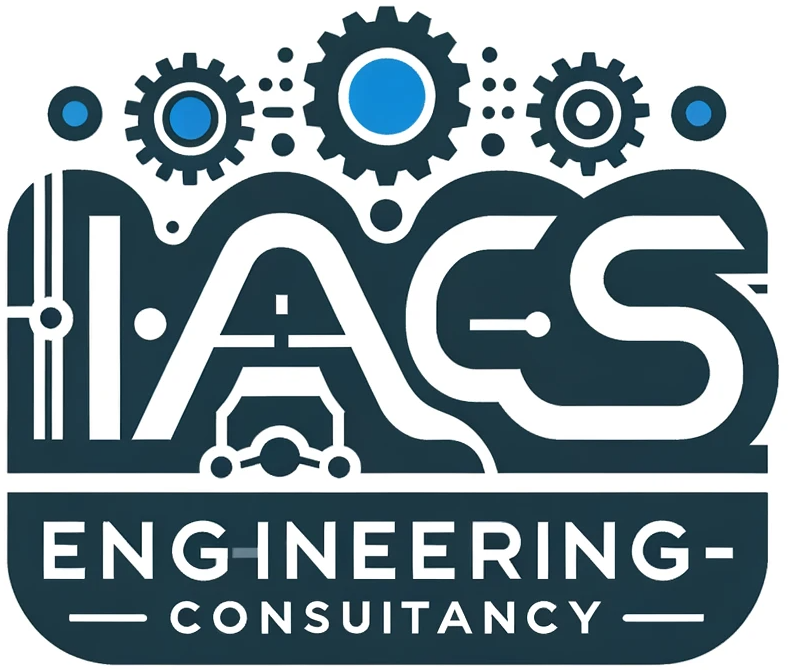Inspection and Test Plans (ITPs) are essential tools for project managers and engineers in industrial automation and control systems engineering. By following a structured ITP development and execution process, project teams can ensure a high-quality, reliable, and safe control system. Remember to tailor ITPs to the specific project requirements and adhere to relevant industry standards and safety regulations.
What are ITPs?
Inspection and Test Plans (ITPs) are critical documents used in industrial automation and control systems engineering to ensure a project meets all functional and safety requirements. They outline the specific procedures for inspecting and testing various components, assemblies, and the overall control system.
Why are ITPs Important?
- Quality Assurance: ITPs ensure all system components function as designed, meet specifications, and comply with safety standards.
- Defect Detection: Systematic testing helps identify and rectify any errors or defects before system integration and deployment.
- Project Documentation: ITPs serve as a permanent record of the inspection and testing procedures performed, providing valuable reference for future maintenance or troubleshooting.
Components of an ITP:
- Project Information: Project name, identification number, revision number, date.
- Reference Documents: List of relevant standards, specifications, and drawings.
- Inspection & Test Activities: Detailed description of each inspection and test to be performed, including:
- Purpose: The objective of each test.
- Procedures: Step-by-step instructions for conducting the test.
- Acceptance Criteria: The specific criteria used to determine if a test has passed or failed.
- Test Equipment: List of required tools and instruments for each test.
- Data Recording: Specifications for recording test results and observations.
- Roles & Responsibilities: Clearly define who is responsible for performing inspections and tests, reviewing results, and approving documentation.
- Non-Conformance Procedures: Outline the process for identifying, documenting, and resolving any deviations from specifications or test failures.
Inspection Examples:
- Visual inspection of electrical components for damage or loose connections.
- Verification of proper labeling and installation of components.
- Inspection of control panel wiring for accuracy and conformance to electrical codes.
Test Examples:
- Functional testing of individual control system components (sensors, actuators, drives).
- Loop testing to verify signal flow and communication between system elements.
- Factory Acceptance Testing (FAT) to ensure the system meets design specifications in a controlled environment before deployment.
- Site Acceptance Testing (SAT) to confirm the system functions correctly after installation and integration at the final destination.
Benefits of Effective ITPs:
- Reduced Risk of Errors: Thorough testing reduces the likelihood of malfunctions or safety hazards during system operation.
- Improved System Performance: Early detection and correction of issues lead to a more reliable and efficient control system.
- Simplified Maintenance & Troubleshooting: Detailed ITPs provide valuable reference for future maintenance personnel to diagnose and resolve any system issues.
